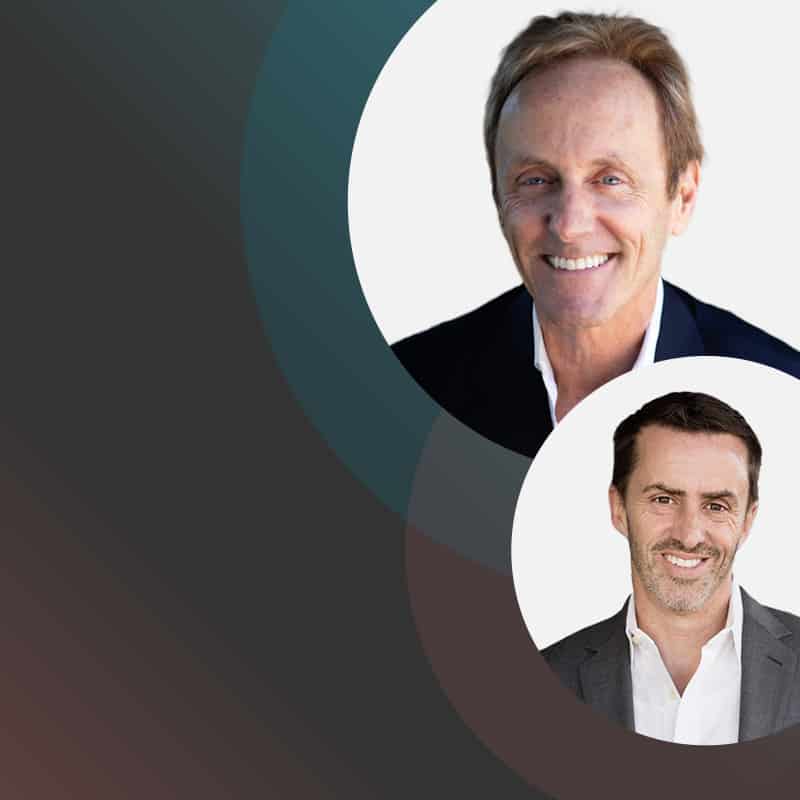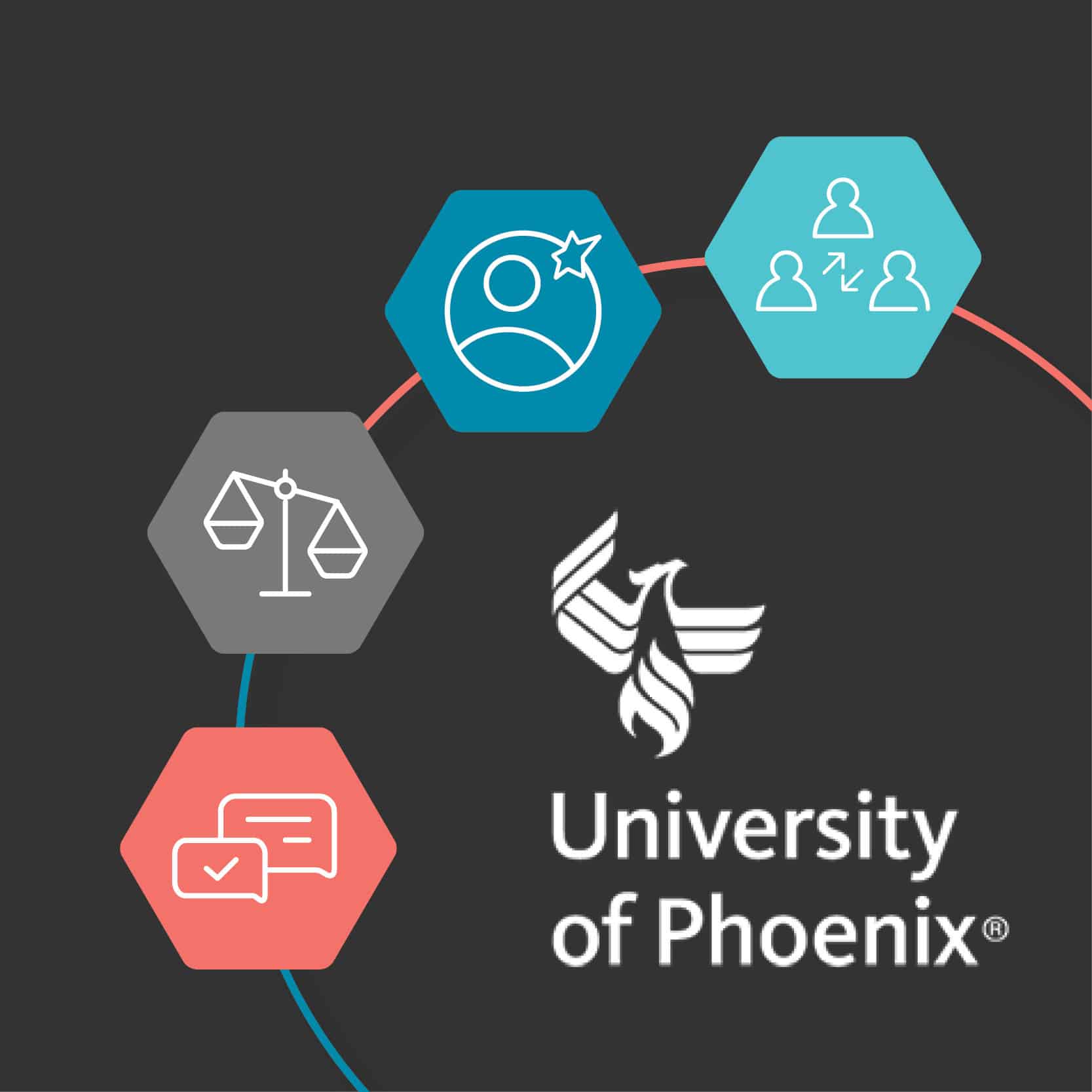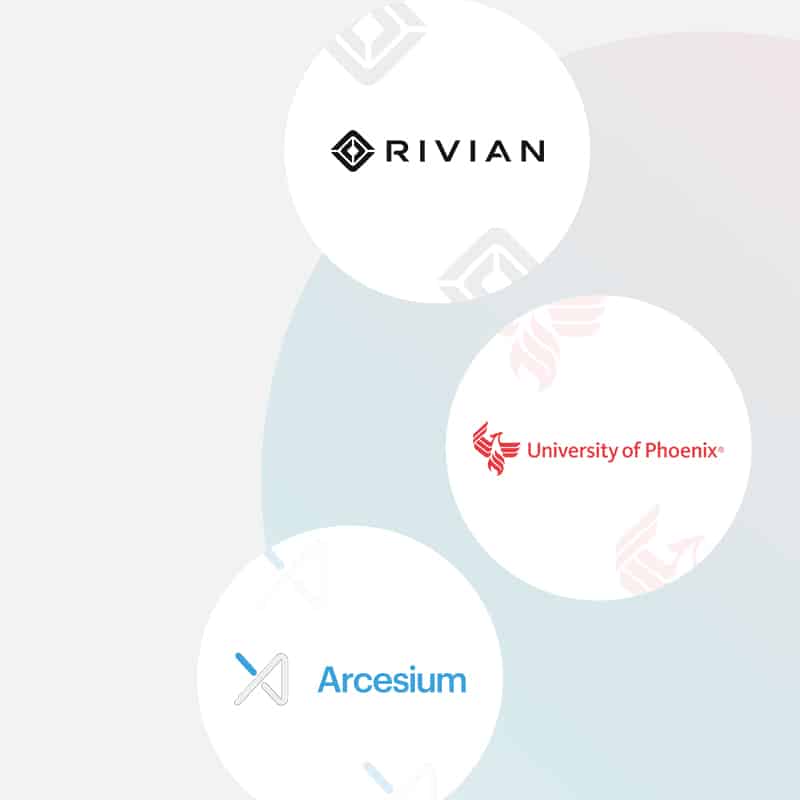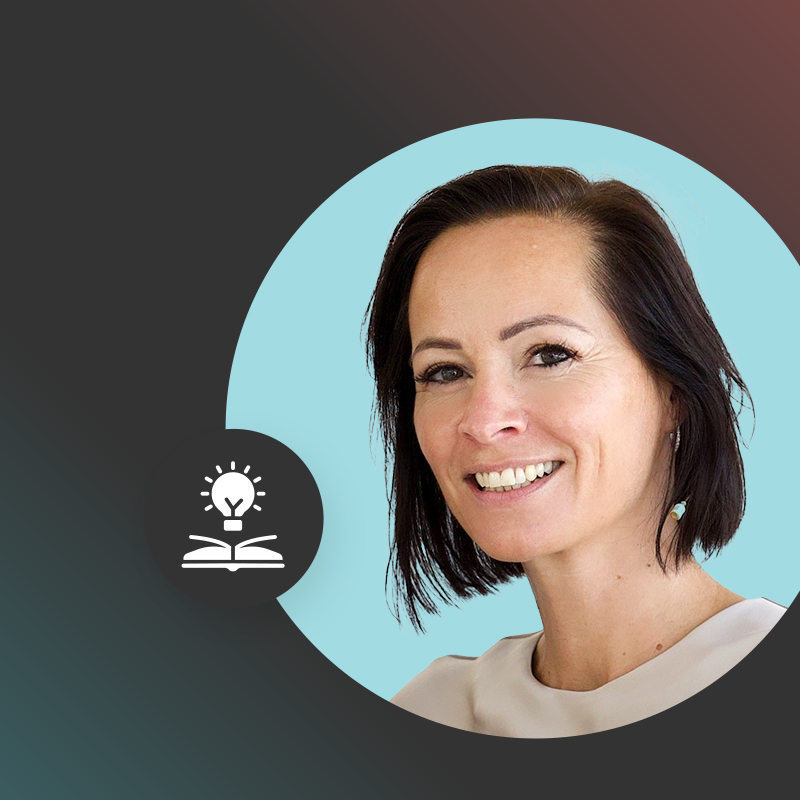For many companies, traditional performance management is on its way out. More and more business leaders recognize that legacy processes aren’t having a positive impact on performance, and oftentimes, have a negative effect. That’s why we’re experiencing a revolution in performance management.
Changing a process as complex and institutionalized as performance management is no easy task. Thankfully, this transformation isn’t without precedent: Future-oriented HR leaders around the world are showing how you can empower great performance in the modern workplace.
We invited three such leaders from among Betterworks’ clients to participate in a panel conversation during our EmpowerHR virtual event. Learn more about how talent leaders at Rivian, Arcesium, and the University of Phoenix are revolutionizing performance management.
Look to your North Star
Rivian, an electric vehicle company, grew from 1,700 employees to more than 15,000 within three years. Scaling nearly 800% in such a short amount of time required a complete overhaul of Rivian’s performance management processes.
“We zoomed out. And at the highest level, we started with our talent philosophy centered around how we foster a high-performance culture,” said Sabrina Park, senior director of global talent management at Rivian. Tenets of Rivian’s talent philosophy include:
- Performance can always be improved
- Employees should always know where they stand
- Development is owned by employees and enabled by managers
Starting with shared values and beliefs made it easier for Rivian’s talent team to design a functional process. Rivian’s talent philosophy “was our North Star and how we look at performance management programs,” Park said.
Rivian moved from “an annual performance review to a more conversation-based check-in, and it’s shaped by a series of meaningful interactions with your manager on a regular basis,” Park said.

Align people along shared expectations
Arcesium, a fintech and professional services firm, needed to align roles and expectations across continents. “We’re a global organization that has a footprint in three geographies, with plans to scale,” said Bhavya Gopalakrishnan, senior vice president and head of human capital at Arcesium. “For legacy reasons, we’ve had a disparate system of levels and titles across regions.”
To solve for these disparities, Arcesium’s HR team redefined the organizational chart and developed “a common unified structure where we have baseline expectations for every level,” Gopalakrishnan explained. The team also created a global role architecture to align responsibilities across shared titles, regardless of location.
These changes to structure and titles helped Arcesium standardize performance expectations for each role and make career trajectories more transparent. “The system is also going to ensure that employees and managers are having periodic conversations around skill level [and] conversations around, ‘Where am I right now? What does it take for me to move to the next level? What do I need to get better?’” Gopalakrishnan said.
Managers and employees have a shared internal vocabulary, which helps them ask better questions and move the needle on performance.
While redefining organizational roles, Gopalakrishnan is also building a culture of accountability. Her team is developing a clear structure for different types of goals at different levels — and who’s responsible for each. This transition will allow each employee to prioritize their goals in a metrics-driven way.
Empower better conversations
At the University of Phoenix, the talent team is having managers revisit what an effective conversation looks like. The traditional performance calibration process has managers ask questions to calibrate talent in a nine-box model and rank them. The University of Phoenix is taking a different approach — using the same types of questions with the intention of digging deeper into what each person needs to drive performance.
“Instead of using that to generate the nine-box, we’re using that to really generate the thought process around: ‘Where’s my employee at? What are their needs? And what type of conversation should I have with them in this check-in conversation based on those factors?’” said Jeff Andes, University of Phoenix vice president of talent management.

Andes’ team developed three conversation models to help managers meet each employee where they are:
- Accelerator conversations for helping high-potential employees identify opportunities for growth
- Enricher conversations for improving performance and engaging solid performers
- Concentrator conversations for supporting people who aren’t performing at a high level or are new to their role
Each of these conversation types looks different because each employee has distinct needs and goals. This shift in focus also helps managers train on calibration.
“We are asking our leaders to align with their leader, at least informally, before the conversation,” Andes said. “So we’re teaching them how to assess performance, assess potential.”



